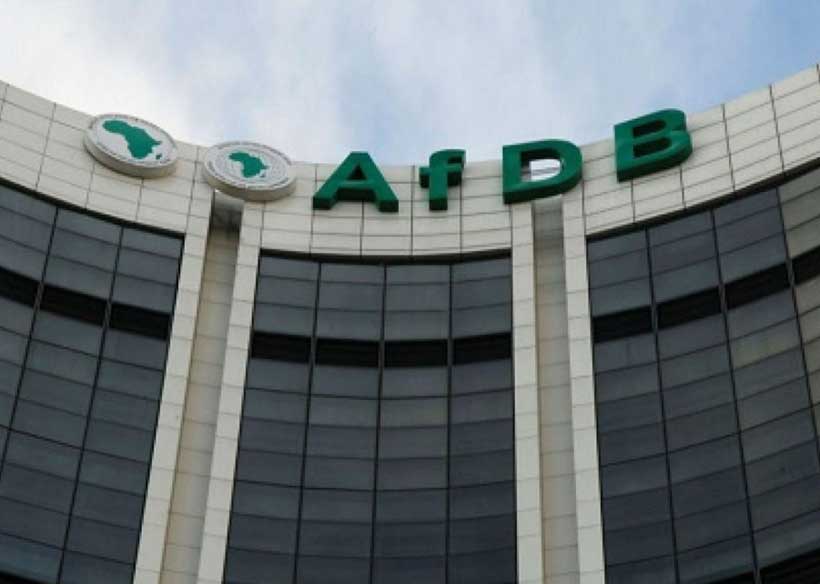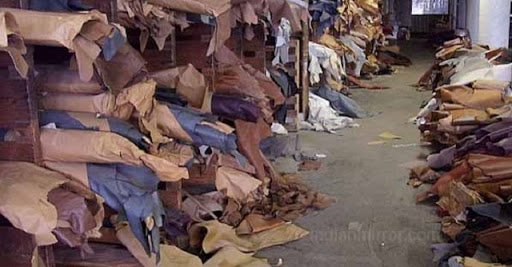Bulawayo leather cluster embraces IPR
THE Bulawayo Leather Cluster expects to realise more business value from embracing Intellectual Property Rights (IPR) following capacitation from the Support to the Industrialisation and Production Sectors (SIPS) programme.
The intervention seeks to equip small to medium enterprises with the knowledge to harness the full value of trademarks and patents of their innovations.
SIPS is supported by the European Union (EU) and the German Federal Ministry for Economic Co-operation and Development (BMZ) to enhance the expansion of regional value chains and promote dialogue between the private and public sectors.
Representatives of small and medium enterprises (SMEs) in the leather industry from Southern Africa including Bulawayo, participated in a regional capacity-building training workshop on strengthening regional and national IPR and Trade Related Intellectual Property Aspects of Intellectual Property Rights (TRIPS) compliance.
Most innovations in various sectors including the leather industry are not being turned into intellectual property hence lagging in terms of gains from innovations.
Bulawayo Leather Cluster secretary-general, Mr Fungai Zvinondiramba, said SMEs have many innovations, which they have not registered and are not fully benefiting from their products.
He said the programme will help to strengthen the value chains in the leather sector across the region.
“On the just ended training, it was about intellectual property rights for SMEs. As you might know, most SMEs have not realised the value of their intellectual property.
“These include trademarks and patents. SMEs have come up with a lot of innovations, which they have not registered, there are also opportunities for developing GIs which create brands based on geographical indications.
“In other quarters it’s called geographical branding where we brand a whole region or province for its unique product.”
A GI is a sign used on products that have a specific geographical origin and possess qualities or a reputation that are due to that origin.
Mr Zvinondiramba said after the training programme there was a realisation that there are opportunities for collective branding for SMEs
“Benefits include the realisation of the invisible value of the different names that we have built over the years, and of course the knowledge that we can protect our products and innovations in Zimbabwe and the region even internationally,” he said.
Mr Zvinondiramba said through the SIPS and ALLPI initiatives, SMEs in the leather industry were being capacitated with machines through a clustering system in Bulawayo and Harare.
At its prime in the 1990s, the sector was thriving producing up to eight million pairs of shoes, but most established manufacturing firms later folded citing different factors.
However, with Government interventions that included the launch of the Zimbabwe Leather Sector Strategy (2021-2030) to anchor increased investments and maximising value-addition and beneficiation to promote export-led industrialisation, the sector is now on a recovery path.
The Government also hopes that guided by the new strategy, the leather sector would increasingly lobby for the development and reform of 70 percent of the identified policies and legal frameworks for the transformation of the sector by 2030.-ebusinessweekly










